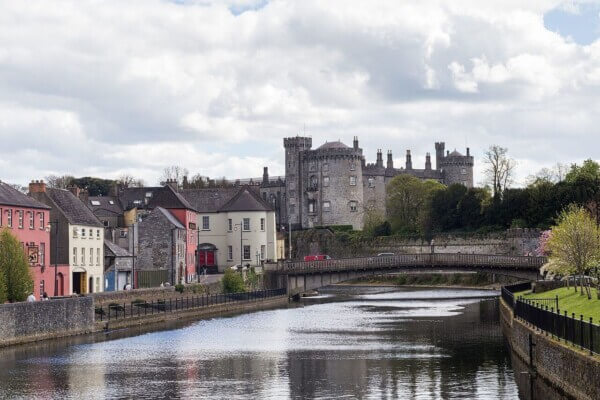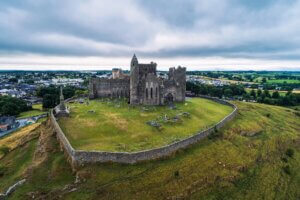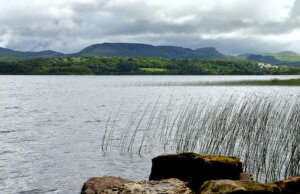Updated December 2023—Is Ireland on your vacation itinerary in 2024?
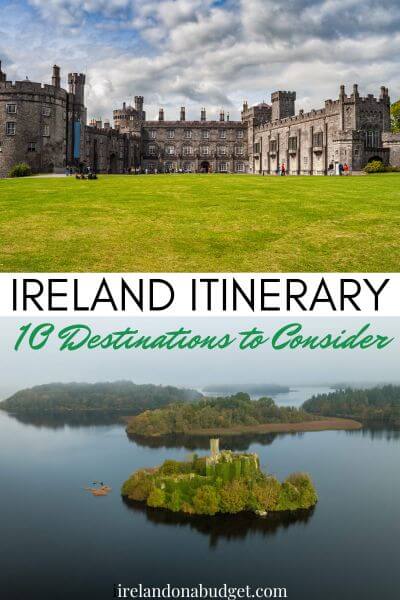 This post contains affiliate links, and I may earn compensation when you click on the links at no additional cost to you.
This post contains affiliate links, and I may earn compensation when you click on the links at no additional cost to you.
Here are 10 places I think you should include as you plan your Ireland itinerary.
Dublin
It goes without saying that most visitors to Ireland end up in Dublin at some stage during their vacation.
And while it’s small compared to other European capitals, there’s a lot to unpack there.
If you’re on a budget, Dublin has a range of free museums to explore.
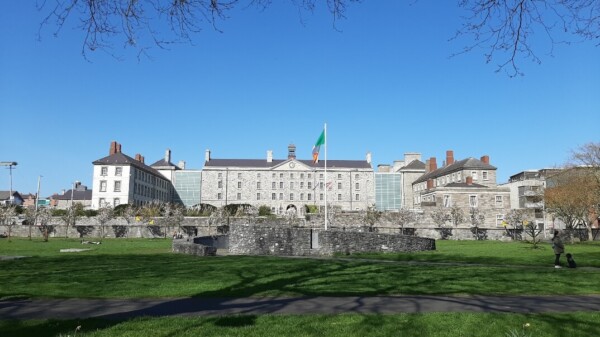
The Decorative Arts & History Museum at Collins Barracks (the oldest military barracks in Ireland) is one of my favorites.
If you want to get a real feel for Ireland’s history and culture — and if you’ve only got time for one museum on your visit — this is one you should check out.
Among the museum’s permanent displays is the exhibition titled “Soldier and Chiefs – The Irish at War at Home and Abroad from 1550 to the Present Day.”
Original artifacts, letters, and replicas are part of the more than 1,000 objects that combine to showcase how soldiering and warfare have affected the lives of Irish people, both at home and abroad.
If you’re from the U.S., you might want to know more about the Irish men who served both on the Confederate and Union sides of the American Civil War, and if you’re from Britain or elsewhere in Europe, their participation in World War I will certainly be of interest.
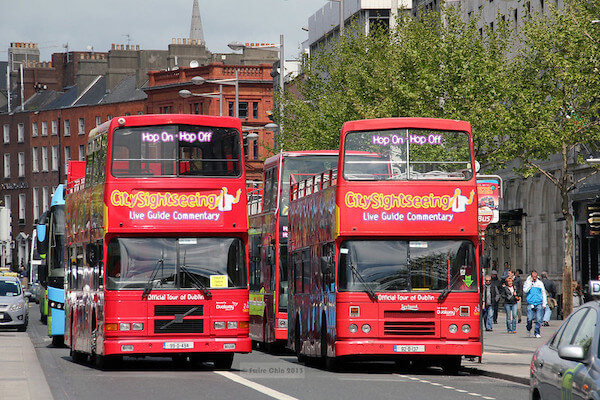
Taking a Hop on Hop off bus that includes all the city’s main attractions is a good choice if you want to save time getting from one attraction to the other.
However, I feel that the Dublin Pass is better value – especially if you’re watching your pennies.
The pass gets you into many of Dublin’s top attractions all for one sweet price.
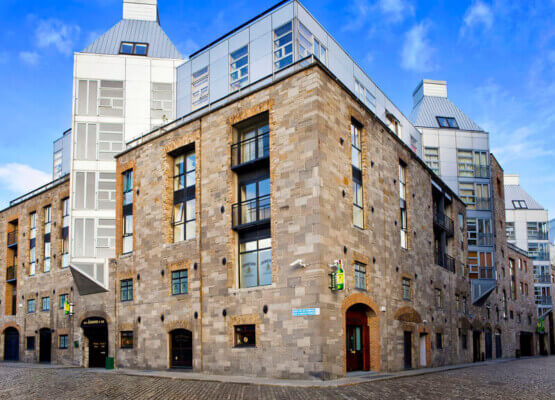
Some of those include The Guinness Storehouse, EPIC The Irish Emigration Museum, the Jameson Bow St. Distillery Tour, and Dublinia, to name a few.
At night, Dublin comes alive and for the tourist, there’s plenty of entertainment to choose from, including an exploration of the city’s popular Temple Bar region.
If you’re looking for something a bit cozier, I'd recommend Candlelit Tales, a night of storytelling and live music, which can be found in pubs around Dublin.
Expect to hear stories of Ireland’s mythological hero Cúchulainn as well as the female warrior Queen Maeve.
Explore Ireland on an Aer Lingus Vacation
Kilkenny
If cobbled streets and oodles of history at every corner are your cup of tea, I always tell tourists to Ireland that Kilkenny should definitely be on their itinerary.
Once the medieval capital of Ireland, Kilkenny has a rich heritage, and its popular Medieval Mile Trail reflects that.
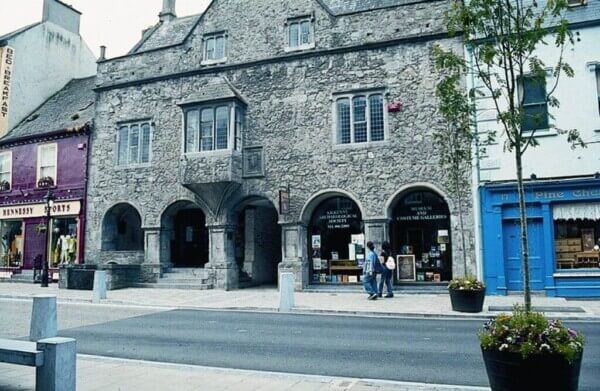
The trail starts in the Medieval Mile Museum, worth seeing too, and includes stops at the architecturally beautiful 16th-century Rothe House, Richard Shee’s Alms House, and Kyteler’s Inn.
The Smithwick’s Brewery, founded in 1710, is also on the tour.
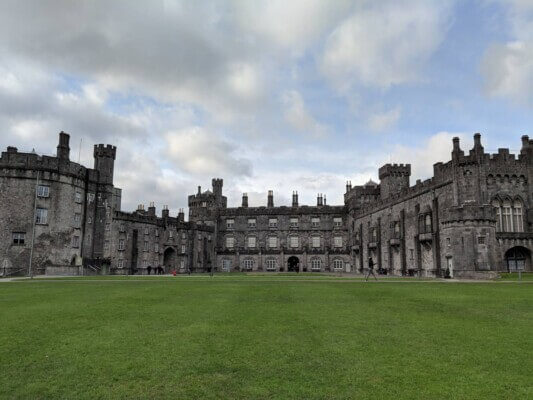
No visit to Kilkenny is complete without seeing Kilkenny Castle, once the seat of the powerful Butler family.
To complete your Kilkenny experience, I'd recommend you take a ghost tour.
The Aran Islands
Catching Martin McDonagh’s runaway 2022 flick, The Banshees of Inisherin will give you an introduction to the beautiful Aran Islands.
Scenes from the movie were filmed on Inishmore, the largest island, which is about a 45-minute ferry ride from the mainland.
The budget-friendly option for getting to the Aran Islands is by ferry from either the Galway City Docks (between April and September only) or year-round from Rossaveal.
You can also take a tour from Galway that takes in the Cliffs of Moher, something I recommend if you're short on time and you want to squeeze in both of these Top 10 attractions in Ireland.
Most first-time visitors choose Inishmore as their introduction to this gorgeous slice of heaven along the Wild Atlantic Way.
The best way to see Inishmore or the other two islands, Inishmaan and Inisheer, is to rent a bicycle.
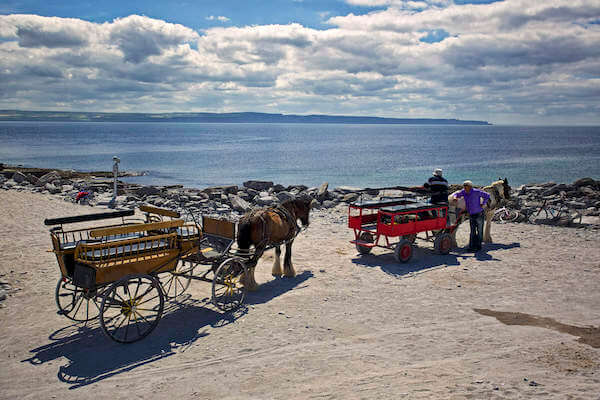
If you’re not up for that, there are several other ways to get around the island. They include seeing it on a minibus tour, by pony and trap, or on the Aran Off-Road Experience.
The Burren
It’s hard to imagine Ireland’s ancient people living in a rocky, windswept landscape like The Burren but there is evidence that they did just that from the large megalithic monuments they left behind.
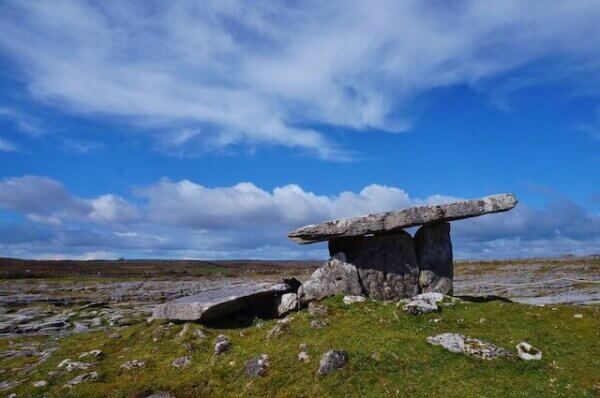
Making your way to the Burren National Park is relatively easy if you are already in the West of Ireland.
From Galway, it is a 1-hour drive.
In feel that the best way to see this unique piece of Ireland is to take The Burren Scenic Drive, a 100-mile (150 km) journey that begins in Ballyvaughan.
The route takes you through places like Lisdoonvarna, Doolin, The Cliffs of Moher, Lahinch, Ennistymon, Corofin, and of course, the Burren National Park.

Along the way, be sure to stop in the Aillwee Birds of Prey Centre, the Doolin Cave, the Poulnabrone Dolmen mentioned above, Father Ted’s House, the Caherconnell Stone Fort, and The Burren Perfumery, where you will find organically based cosmetics and perfumes inspired by the surrounding landscape.
When my kids were younger, they really enjoyed the Aillwee Birds of Prey attraction, especially the fact that they got to see the birds up close.
Read More: 8 Scenic Road Trips for Your Ireland Budget Vacation
The Boyne Valley
If you really want to get to the heart of ancient Ireland, The Boyne Valley is one place that you should add to your Ireland vacation itinerary.
The region, often known as “Ireland’s Ancient East,” is within easy driving distance of Dublin — either by rental car or by tour bus — and is brimming with historical sites, the most impressive of which is Newgrange, part of the Brú na Bóinne complex.
The 5,000-year-old complex contains two other large passage tombs, including Knowth and Dowth.
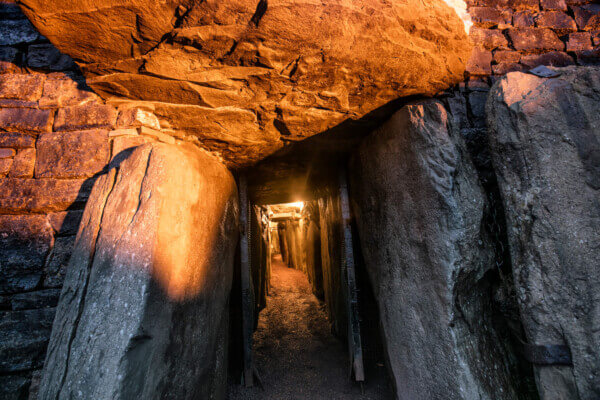
But it is Newgrange that gets all the attention especially during the Winter Solstice in December when its passage is illuminated by the winter sun through an opening called the roof box, evidence that its builders created it with a sacred purpose in mind.
But there’s so much more to this area than the casual observer might think.
If you really want to sink your teeth into the local history of the area, I recommend a paddle in a traditional Irish currach along the leafy Boyne Canal.
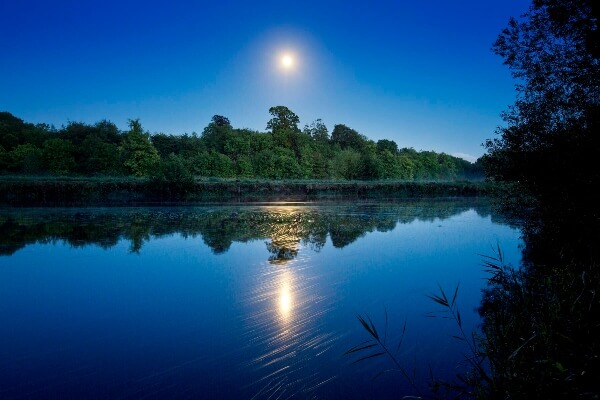
The tours offered by Boyne Boats take place in traditional, handcrafted Irish currachs, some of which were featured in the blockbuster Game of Thrones series.
Expect a mix of trivia from the show together with real historical facts from the local area that will give you a sense of how Ireland’s ancient people traveled and survived along these waters centuries ago.
Prices start as low as €30 per person.
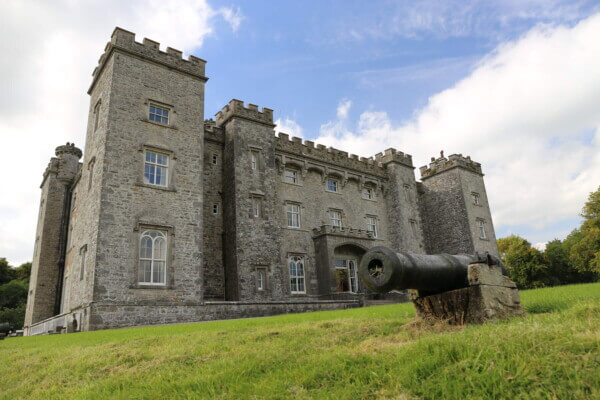
Other local attractions include the Battle of the Boyne heritage site in County Louth, the Hill of Tara, as well as the Anglo-Norman Trim and Slane castles, both in County Meath.
Get a Discount on Wifi Candy (use code IOB2024 for 10% off)
The Hidden Heartlands
This region of Ireland stretches all the way from County Leitrim to Limerick and is often overlooked by tourists who are busy traveling from city to coast.
However, if you’re keen to explore Ireland’s longest river The Shannon, and the lakes and abundant nature all around it, then I advise you to add this destination to your to-do list as you plan your Ireland itinerary.
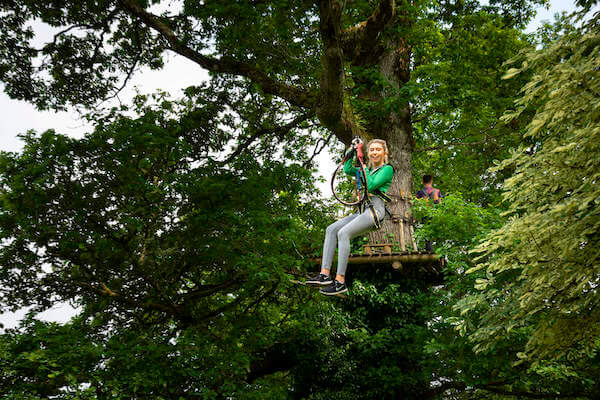
If children are joining you on your Ireland adventure, the Lough Key Forest & Activity Park in County Roscommon should be on your list.
I remember this fondly as a child during family outings. However, today, there is a lot more to do in this sprawling park.
Expect to find an adventure playground, an indoor puzzle arena known as “Boda Borg” and the opportunity to go ziplining through the forest.
You can also hire bikes, boats, and Segways at Lough Key Forest Park, which is located close to Boyle, the birthplace of Hollywood actor Chris O’Dowd.
Do take a boat trip around McDermott’s Castle located on Castle Island in the middle of Lough Key.
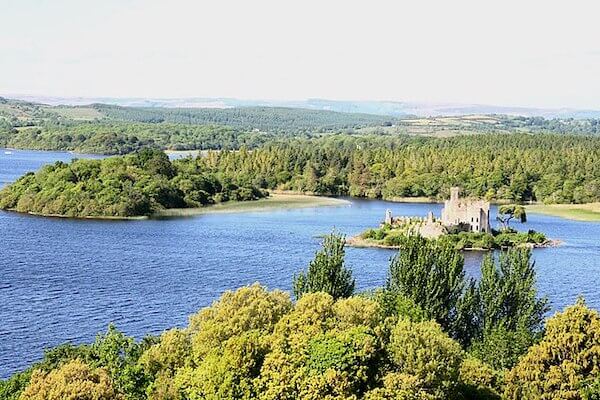
The castle you see today is a folly built in the 1800s, but it is located on the site of the original structure that belonged to the Mac Diarmada clan, who ruled the surrounding area from the 10th through 16th centuries.
Lough Derg is the jewel of The Shannon and if you’ve decide to explore Ireland’s Hidden Heartlands region, you’ll want to take a boat trip on this scenic lake.
The area is not only attractive to tourists who are looking for a slower adventure experience but also to fishermen who flock to the lake for its abundance of wild brown trout and pike.
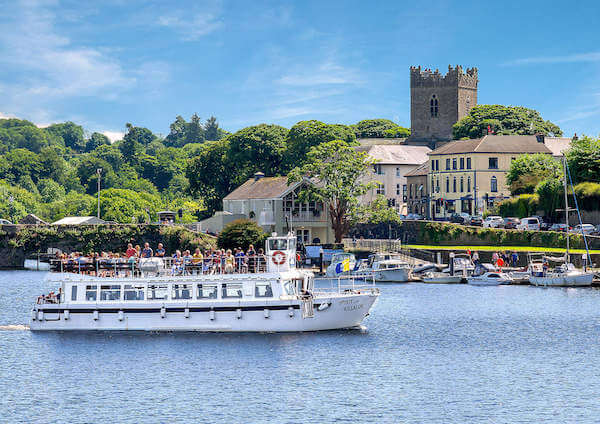
If you’re short on time, the 1-hour cruise on the River Shannon and Lough Derg will give you a good introduction to the area.
The cruise, available from March through October, passes by Killaloe, the birthplace of Brian Boru, and St. Flannan’s Cathedral, famous for its Ogham stone carvings.
7-Day Great Atlantic Adventure Small Group Tour
Cork and Kerry: Between Two Great Peninsulas
It’s hard to totally immerse yourself in the vast beauty of Counties Cork and Kerry if you have limited time.
Between them, the counties are home to five peninsulas – the Beara, the Dingle, the Iveragh, the Mizen, and the Sheep’s Head.
You’d probably need at least a week to do so, but if you only have a couple of days in this region of Ireland, there are some attractions I suggest you not miss as you plan your Ireland itinerary.
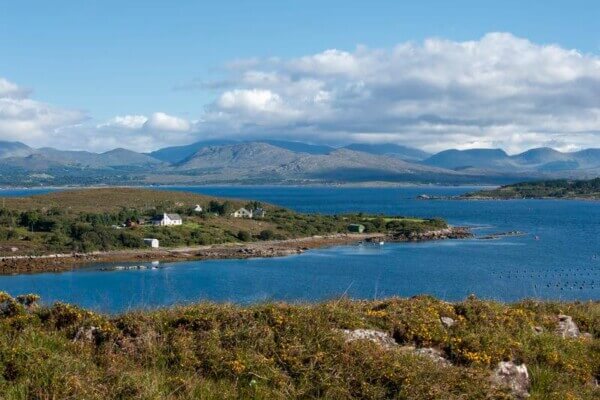
If anything, Cork’s Beara Peninsula doesn’t reflect the worn paths of tourism like the neighboring Dingle Peninsula, although both, in my opinion, are worth exploring on any trip to southwest Ireland.
The Beara, as it is affectionately called in these parts, is located between Kenmare Bay and Bantry Bay.
The Ring of Beara will be your guide to exploring this beautiful region of West Cork.

Some of the attractions you can expect to see along the way include stops at Glengarriff, where you can get the ferry to Garinish Island, where the most unusual of plants exist, in addition to Dursey Island, where Ireland’s only cable car is located, the colorful town of Kenmare (actually in County Kerry), and much, much more.
Of the above, Garinish Island remains my favorite destination in this region.
The Dingle Peninsula is no doubt more trafficked but still worth seeing.
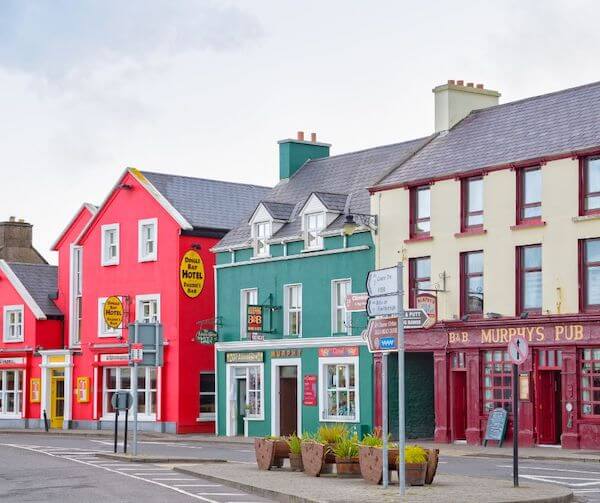
The town of Dingle is a great base for any exploration of this popular region.
Once a sleepy seaside village, today, Dingle is considered bohemian and quite artistic, and not only attracts tourists but people from around the world who choose to live in this westernmost part of Ireland.
Some of the attractions to see on this well-worn route include the Gallarus Oratory, Dunbeg Fort, the Fahan Beehive Huts, the Blasket Centre, and the Blasket Islands.
Read More: Exploring the Dingle Peninsula Without the Fun-Loving Dolphin Fungie
A Northern Ireland Road Trip
I'll continue to rave about Northern Ireland, with its stunning coastline, as a worthwhile addition to your vacatio itinerary.
Apart from the popular attractions like Titanic Belfast, the Giant’s Causeway, the Carrick-a-Rede Rope Bridge, and Dunluce Castle, all on the Causeway Coast, there are other attractions that are more inland and that you might want to check out while you’re visiting the province.
The Ulster American Folk Park lies in the heart of the Northern Ireland countryside, near Omagh, County Tyrone.
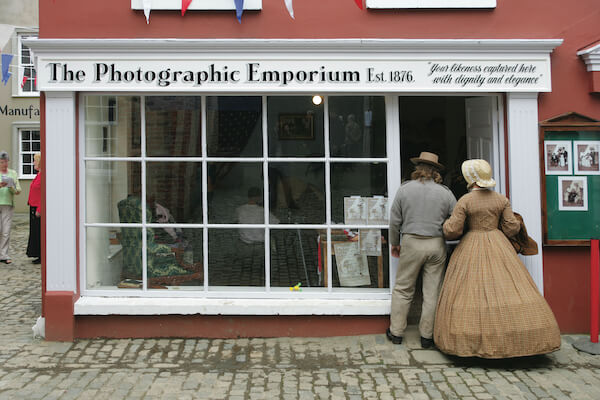
If your ancestors left this part of Northern Ireland during the 18th and 19th centuries, this open-air museum will be of particular interest as you plan your Ireland itinerary.
You’ll find about 30 historic buildings in the park, where costumed characters demonstrate tasks that were common during that time period.
Parts of the park are devoted to the Old World and the New World, with a full-size replica of an immigrant ship as well as an American street scene right out of the state of Virginia.
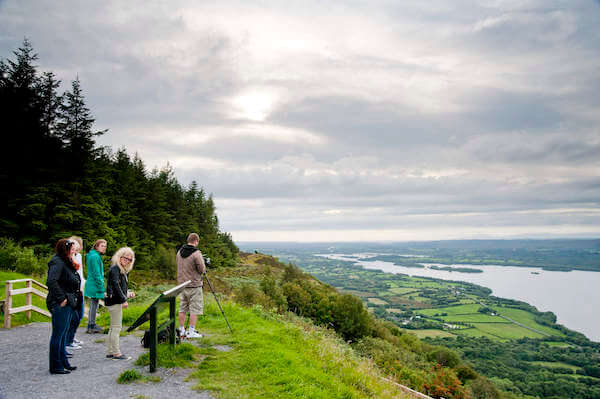
Some of the best views in Northern Ireland can be found from the Cliffs of Magho located on the edge of the Lough Navar Forest in County Fermanagh.
The steep 200-meter (close to 700 feet) climb to the summit, which includes 370 steps at the beginning, is not for the faint-hearted but is certainly doable given the number of rest stops along the way.
The views are totally worth it, though, as you can the Antrim coast to the north and the Blue Stack Mountains in County Donegal to the west from the top of the cliffs.
The Wild Atlantic Way: From Donegal to Galway
The Wild Atlantic Way is a 1,500-mile coastal road on Ireland’s western seaboard that has grown in popularity in recent years.
To complete the entire route comfortably would take at least a few weeks. But if you have a few days to spare, it is definitely worthwhile.
The distance from Donegal to Galway is about 126 miles (202 kilometers) and in between, you’ll find a multitude of attractions worth seeing.
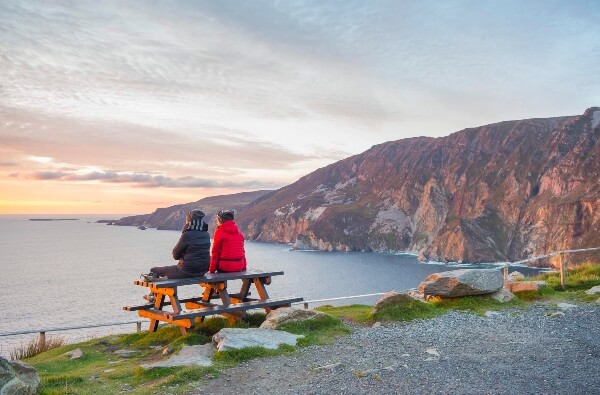
They include the Slieve League Cliffs, the second highest in the country, and to be honest, less touristy than the smaller Cliffs of Moher.
There are two hiking paths that lead to the summit of the cliffs, the One Man’s Pass and the Pilgrim’s Path.
However, if you are afraid of heights, the safest place to savor the views from the cliffs is the Bunglass Viewing Platform, which is close to the visitor center.
Other notable attractions on the route from Donegal to Galway include Downpatrick Head off the coast of County Mayo.
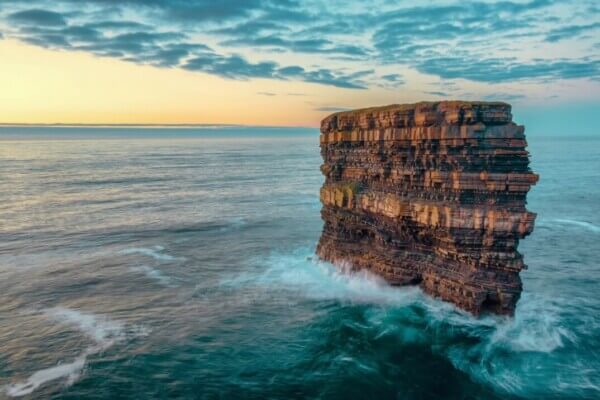
The giant sea stack, which is situated a little way from the coastline, stands 150 feet tall (45 meters).
Despite the many legends that have been told about its formation, the most valid explanation is that an arch leading to the stack broke away during a violent storm in 1393.
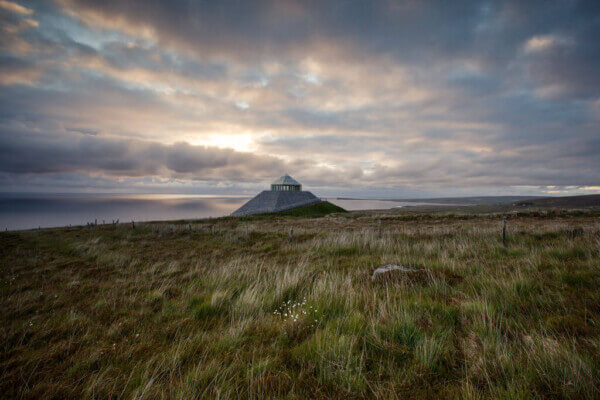
When you’re in the area, I'd recommend you visit the Ceide Fields Visitor Centre, an archaeological site that is the most extensive Neolithic site in Ireland, containing field systems that are at least 6,000 years old.
Book a B&B in Ireland below
Ireland’s Sunny Southeast – Waterford, Wexford, and Wicklow
Ireland’s east coast — while not quite as rugged as its western coastline — is equally beautiful and there’s a lot on offer here, particularly in the coastal counties of Waterford, Wexford, and Wicklow.
Wicklow’s proximity to Dublin is helpful for tourists who won’t have a rental car.
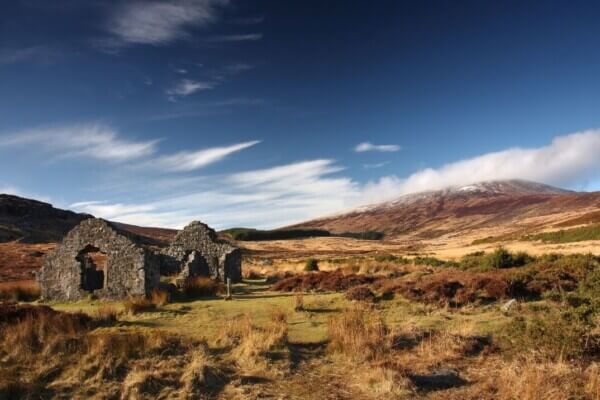
There are several day tours out of Dublin that explore the Wicklow National Park the Glendalough Monastic Site, and other attractions.
Glendalough is one of the most important religious sites in Ireland and in my opinion, a must-see in this region. The 6th-century monastery, founded by St. Kevin, was raided several times by the Vikings.
Most of the buildings that you’ll see date from the 10th through 12th centuries. They include the round tower, the cathedral, St. Kevin’s Church, the Priest House, Trinity Church, and much more.
Waterford’s Copper Coast has a fascinating combination of geological and industrial heritage, which can be found in its UNESCO Global Geopark, between Tramore and Dungarvan, both on the Waterford coast.
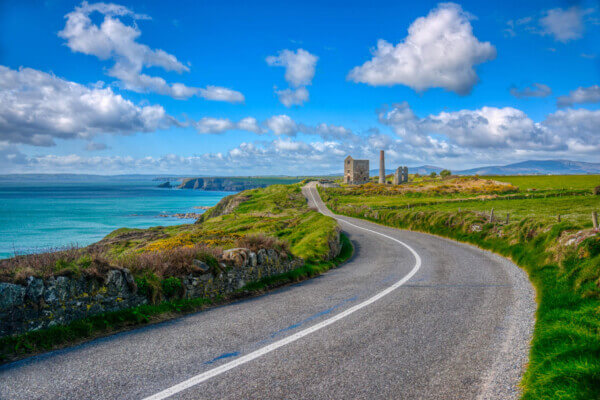
Call it an outdoor museum if you like, with a spectacular coastline that evolved over 460 million years, resulting in numerous rocky coves and headlands, sea stacks, arches, and blow holes.
Further inland, Waterford City’s Viking Triangle is the main highlight of Ireland’s oldest city.
About 11 miles (17 km) from the Copper Coast, there’s a lot to take in, including the Medieval Museum; the Bishop’s Palace; the French Church, a former Franciscan friary founded in the 13th century; and Reginald’s Tower, collectively known as the “Waterford Treasures.”
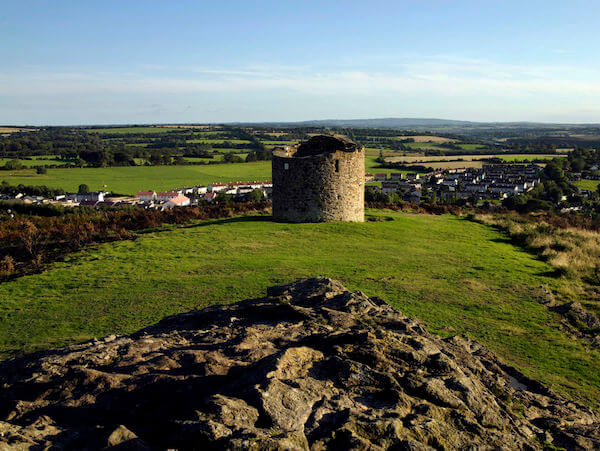
Wexford to the north has its own unique heritage and is famous for playing an influential role in the fight for Irish independence.
You can find out more about that failed rebellion by visiting the Vinegar Hill Battlefield in Enniscorthy.
Approximately 20,000 men, women, and children faced 10,000 members of the Crown’s forces in a battle that was only 4 hours long, with 1,500 left dead on the battlefield.
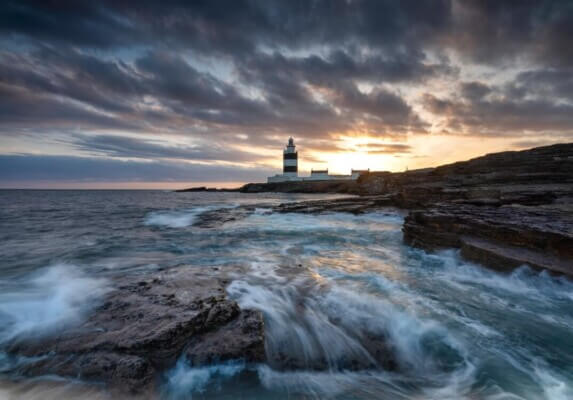
A notable attraction on Wexford’s coastline is the Hook Head Lighthouse, a place where invaders and fortune-seekers have found themselves over the centuries.
Have you decided to plan your Ireland itinerary for 2024? Let me know in the comments below.

